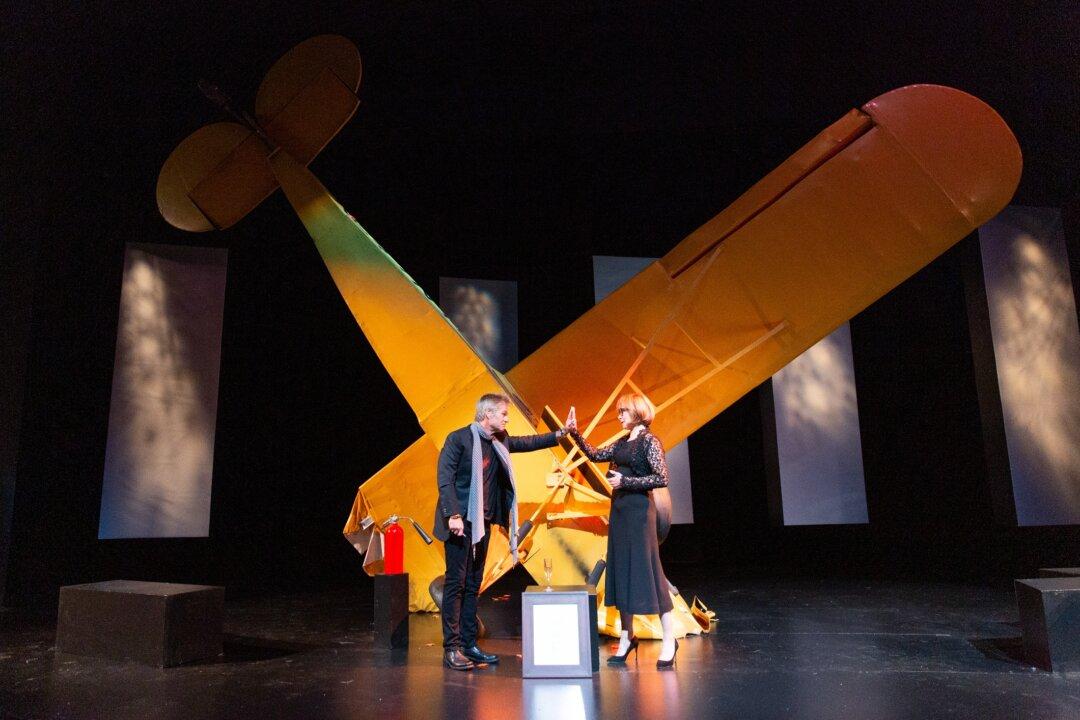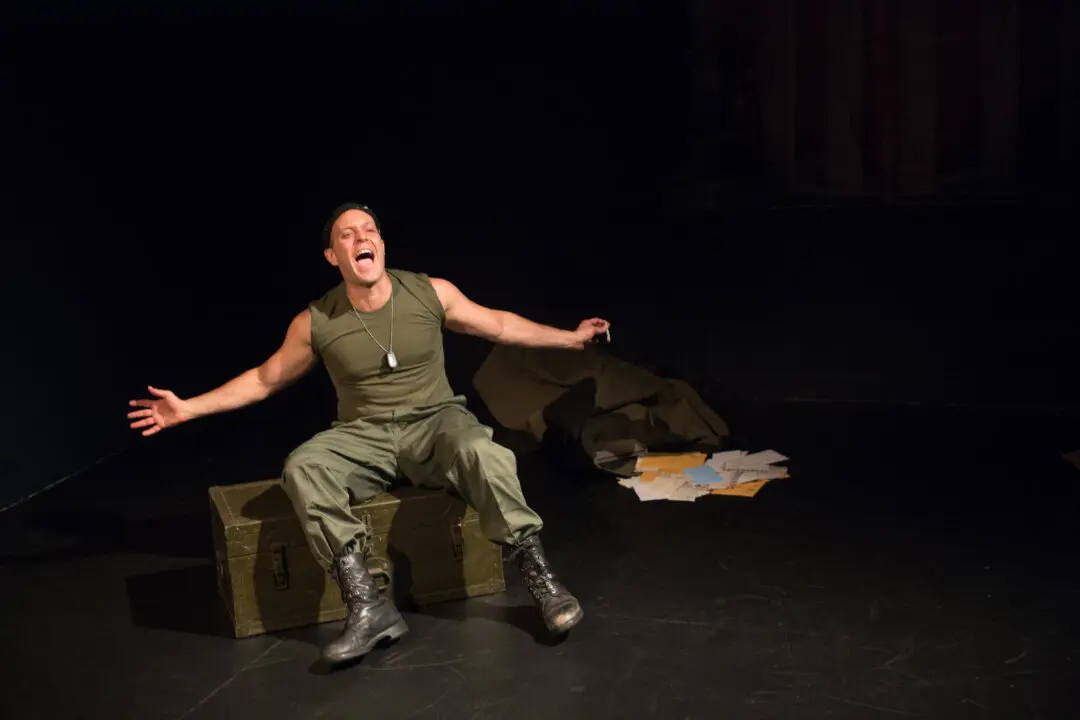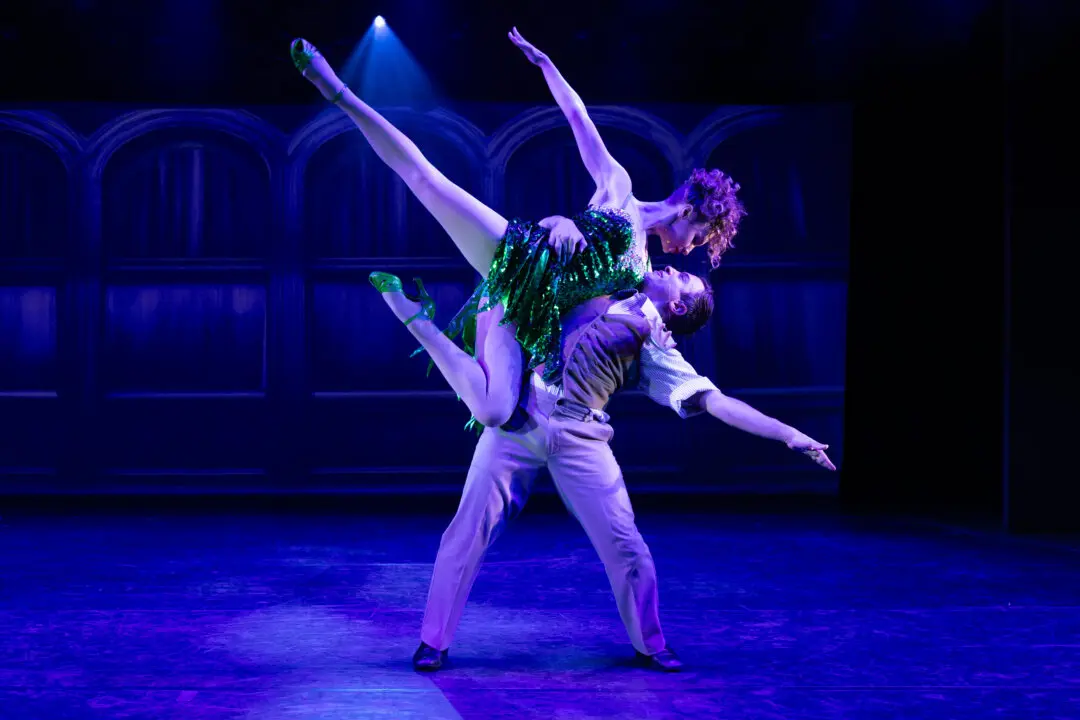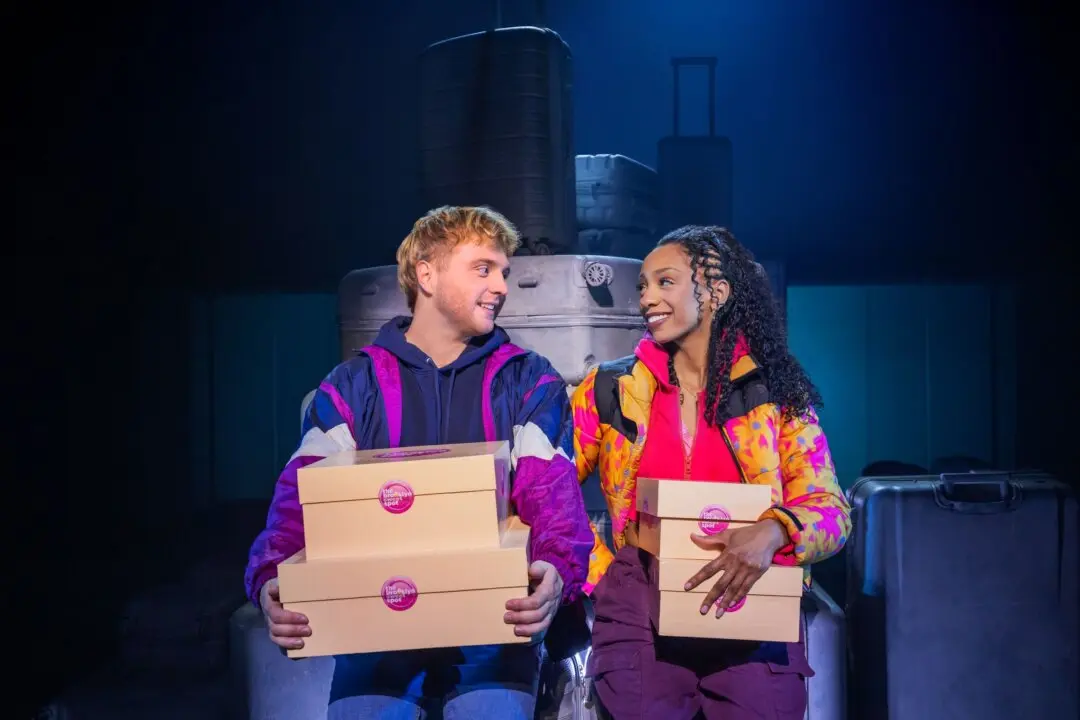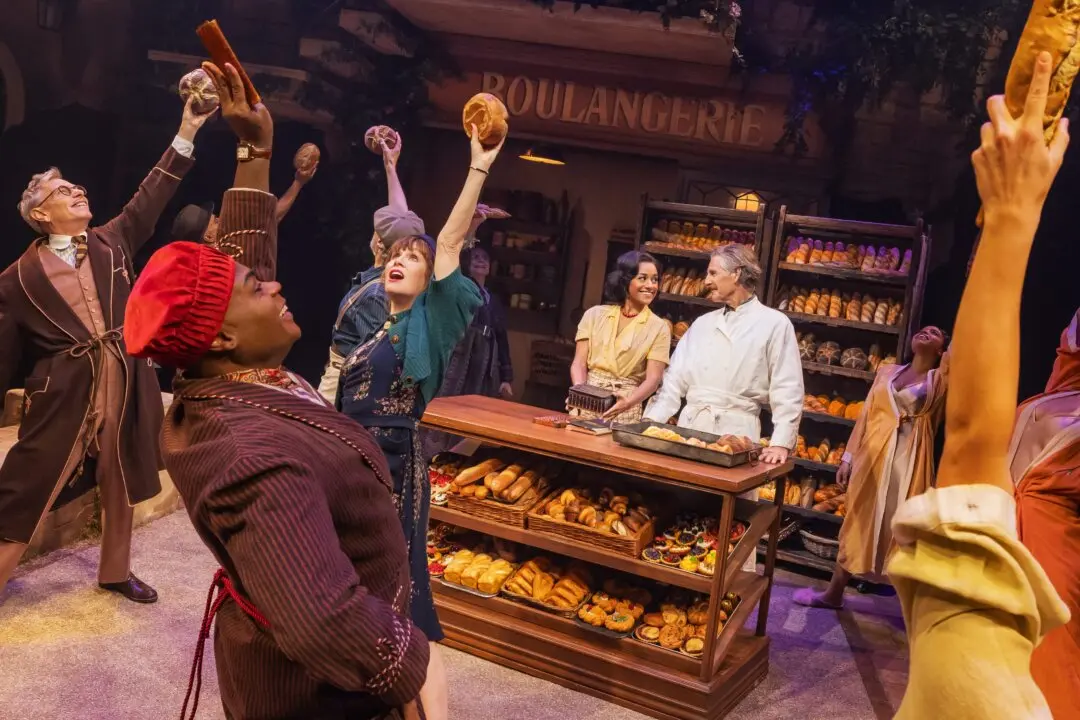NEW YORK—The old saying that blood is thicker than water is a point made quite clear in Joshua Ravetch’s “One November Yankee.” This two-person play, starring Harry Hamlin and Stefanie Powers as three separate pairs of siblings, is being presented by the Delaware Theatre Company at 59E59 Theaters.
As the show begins, visual artist Ralph (Hamlin) is preparing for the opening of his latest installation, titled “Crumpled Plane,” at New York City’s Museum of Modern Art. Nervously watching Ralph put the finishing touches on the exhibition is his sister Maggie (Powers), a MOMA staff member.

